Protein gets all the spotlight in wellness circles—but fiber deserves just as much love. That’s why I’m sharing the top 50 highest-fiber foods and exactly why they matter for your health. Bonus: Grab the free printable and stick it on your fridge to make fiber-rich choices a no-brainer!
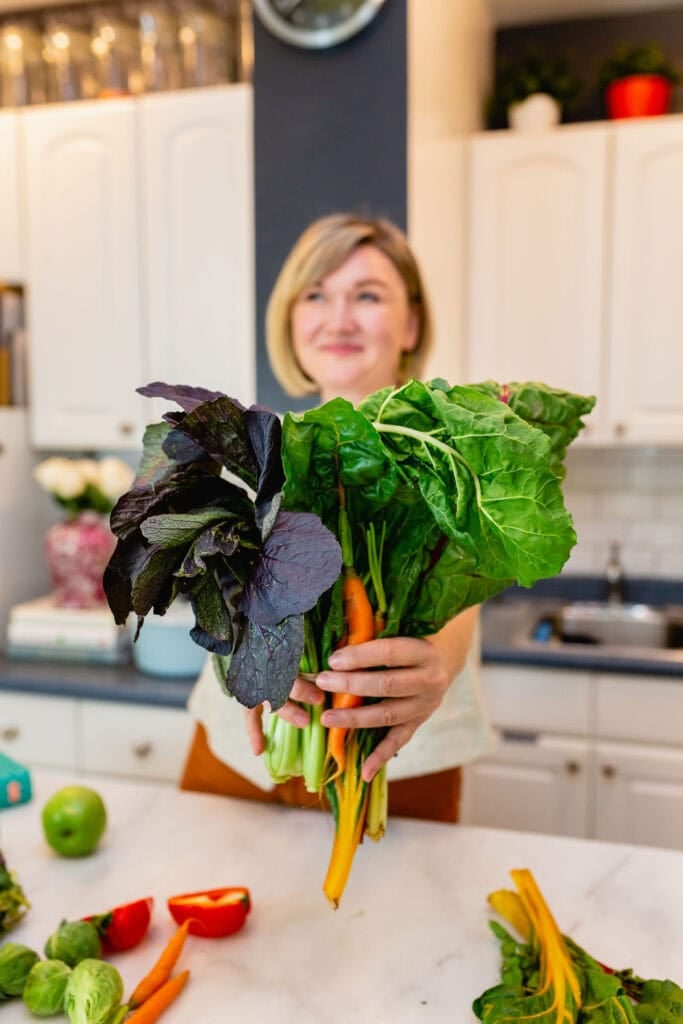
If you’ve been counting protein but overlooking fiber, consider this your gentle (but firm) nudge from a licensed nutritionist to shift gears. It’s the Summer of Fiber, and we’re making it count—let’s go!
Alright, friends—gather 'round the salad bowl—we’re diving into one of the most underrated, yet wildly powerful players in whole-body wellness: fiber. That’s right, the humble plant part that keeps your digestion on track, your belly feeling satisfied, and your gut bacteria throwing a five-star fermentation party.
Whether you're trying to support your hormones, balance blood sugar, or just want to feel like yourself again, fiber is a quiet but mighty force worth paying attention to.
What Is Fiber, Really?
Fiber is the indigestible portion of plant foods—basically, the parts your body can’t break down but your gut microbiome thrives on (Slavin, 2013). Think of it as nourishment for your inner ecosystem. You'll find fiber in:
- Fruits
- Vegetables
- Whole Grains
- Legumes
- Nuts & Seeds
Fiber comes in two superstar styles:
FREE FIBER PRINTABLE!
Soluble Fiber – The Gel-Maker
This kind dissolves in water and forms a gel—think chia pudding in your gut! It slows digestion, stabilizes blood sugar, and feeds your good gut bugs (Slavin, 2013).
You’ll find it in (this is not an exhaustive list!)
- Oats
- Apples (Flesh)
- Beans, Lentils, Peas
- Avocados
- Sweet Potatoes
Insoluble Fiber – The Gut Mover
This type adds bulk to your stool and helps keep things moving. It supports regularity and helps prevent constipation.
You’ll find it in:
- Wheat Bran
- Veggie Skins
- Whole Grains
- Nuts and Seeds
Pro tip: most plant foods contain a mix of both, which is why variety is your gut’s best friend.
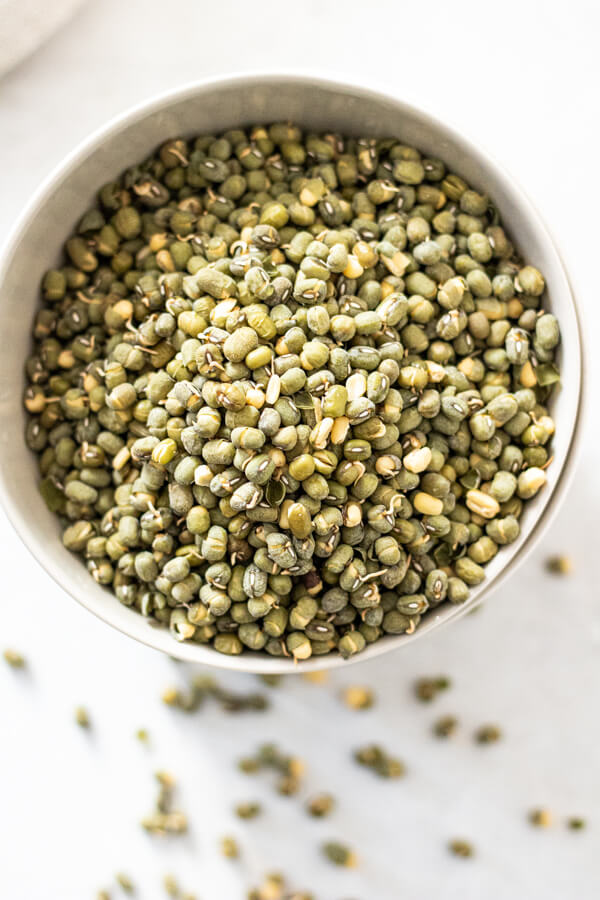
How Much Fiber Do You Actually Need?
Here’s what optimal daily fiber intake looks like (Institute of Medicine, 2005):
- Men 18–50: 38 grams/ per day
- Men 51+: 30 grams/ per day
- Women 18–50: 25 grams/ per day
- Women 51+: 21 grams/ per day
Most Americans are getting barely half of that. But the good news? A few smart swaps and colorful plates can get you there without much effort.
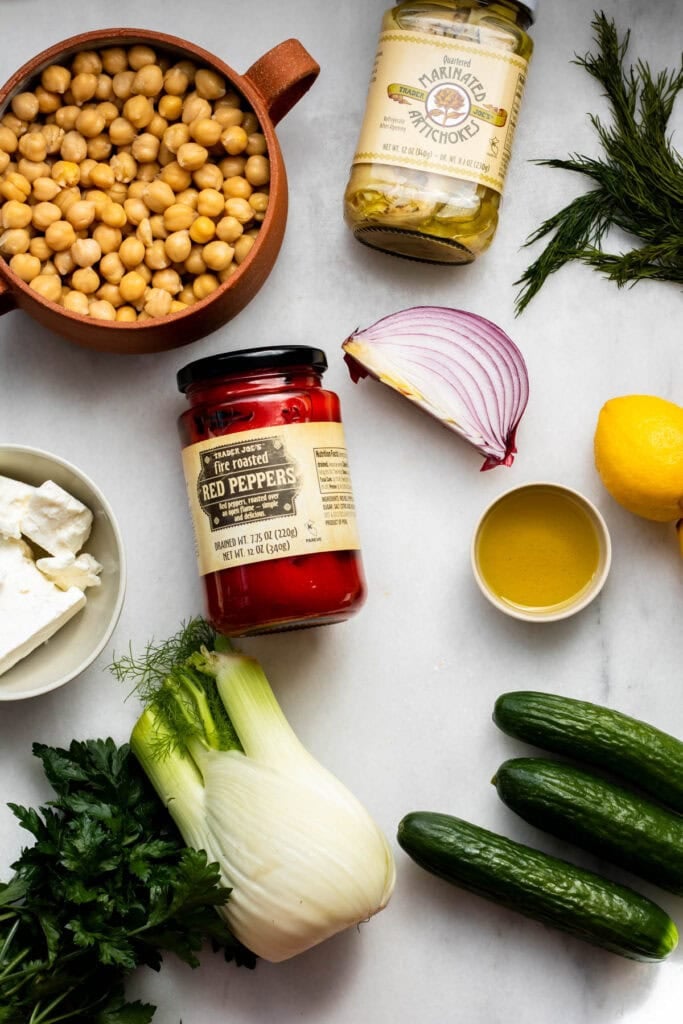
Fiber-Packed Foods – 10 Grams of Fiber
Need a quick-reference you can actually use? Grab the FREE printable list of the top 50 fiber-rich foods—perfect for meal planning!
Here’s what ~10 grams of fiber might look like
Grains
- 2 cups rolled oats
- ¾ cup cooked barley
- 3 slices whole rye bread
- ½ cup wheat bran
Vegetables
- 3 cups steamed mixed veggies
- 3 cups cooked broccoli
- 2 cups sweet potatoes
- 1 cup spinach (steamed)
Nuts & Seeds
- 3 oz almonds
- ¾ cup sunflower seeds
- 1 cup peanuts
Fruits
- 3½ apples (skin on!)
- 10 dried apricots
- 3 oz dried figs
Legumes
- 1 cup cooked lentils, peas, or beans
- 1 cup baked beans
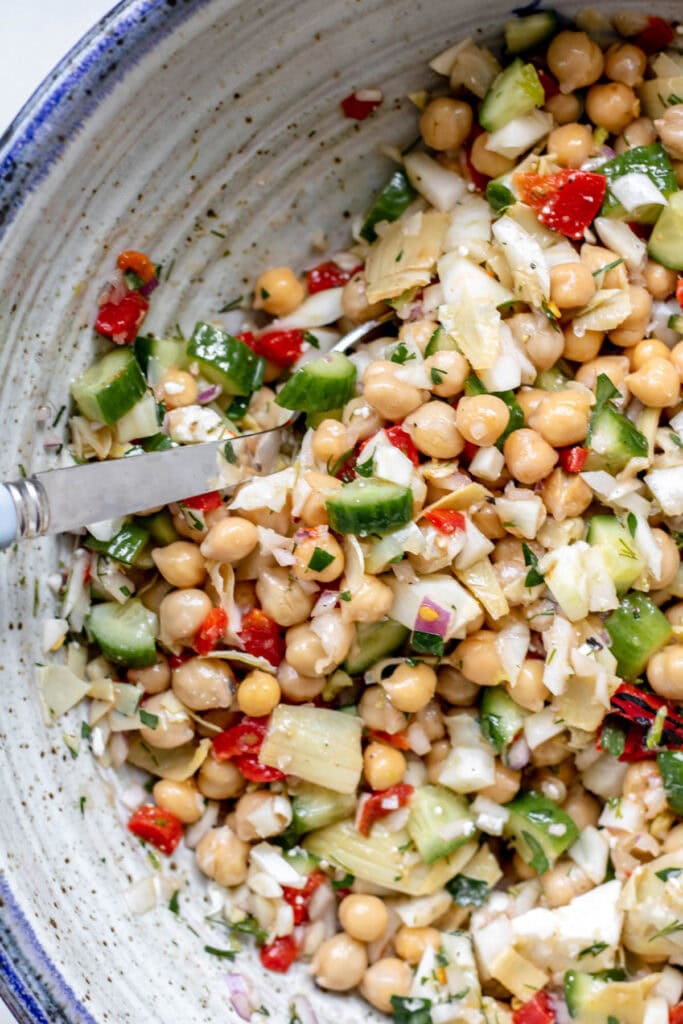
Fiber & GLP-1 – The Gut Hormone Link You’ve Been Hearing About
Let’s talk about GLP-1 (glucagon-like peptide-1), the hormone at the heart of many popular weight loss and blood sugar meds. It’s made in your gut and helps:
- Slow gastric emptying
- Promote satiety (aka the “I’m full” signal)
- Stimulate insulin release
- Lower blood sugar after meals (Zeng et al., 2024)
Here's the cool connection:
When you eat fiber—especially soluble types from oats, legumes, and fruits—it gets fermented in the colon by your gut bacteria. This fermentation process creates short-chain fatty acids (SCFAs) like butyrate and propionate, which trigger GLP-1 production (Chambers et al., 2015; Tolhurst et al., 2012).
In other words, fiber helps you feel full naturally, supports healthy glucose metabolism, and talks directly to the hormone that’s been making headlines.
And it’s not just theory: a 2023 clinical trial found that a new dietary fiber blend significantly increased satiety and lowered post-meal blood sugar levels in healthy adults (Wu et al., 2023). That’s major.Add to that the growing body of research showing crosstalk between your microbiome and GLP-1 signaling (Zeng et al., 2024), and you’ve got one more reason to fall in love with your fiber foods.
Gut-Loving Tips:
- Ease in – Your gut needs time to adjust. Add fiber gradually and drink plenty of water.
- DIY oat flour – Blend rolled oats into flour for pancakes, muffins, or a breadcrumb swap.
- Pair fiber types – Oats (soluble) + berries (insoluble) + nuts = gut-happy breakfast.
- Frozen is fabulous – Frozen fruits and veggies are nutrient-packed and super convenient.
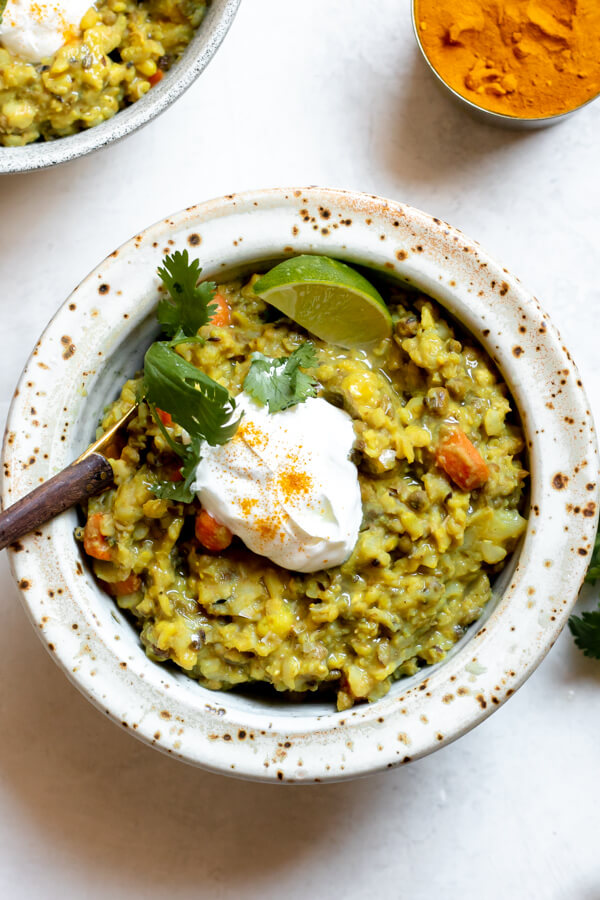
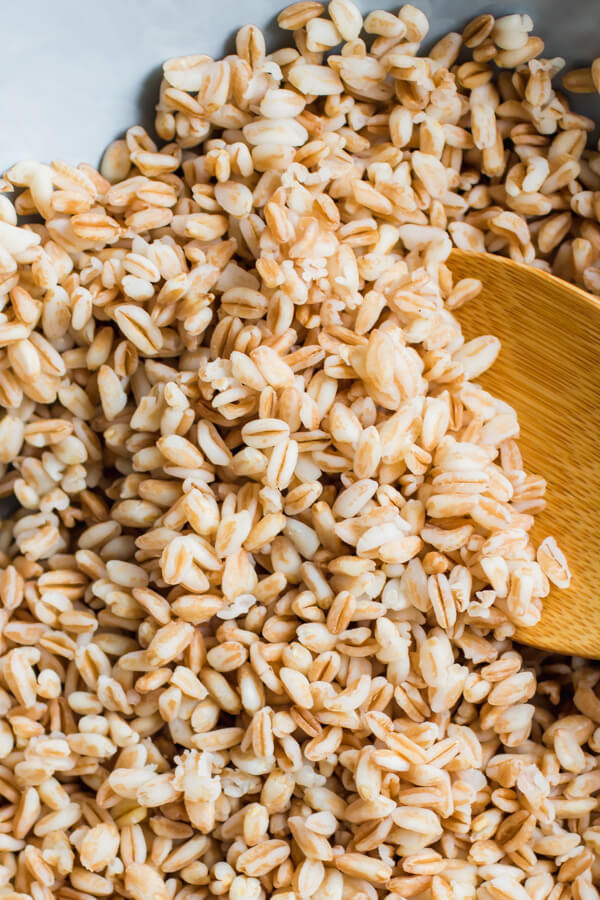
High Fiber Meals:
Try these high fiber – DELICIOUS meals for breakfast, lunch, dinner, or a quick bite:
High Fiber Breakfast Recipes:
- Ayurvedic Kitchari
- Blueberries and Cream Oatmeal
- Sweet Potato Hash
- Rhubarb Zucchini Bread with Chia Seed Jam
High Fiber Lunch Recipes:
High Fiber Dinner Recipes:
- Sweet Potato Taco Bowl
- Za'atar Chicken and Cauliflower Sheet Pan Dinner
- Butternut Squash and Kale Farro Salad
Check out my Snack Rehab Mini-Course for over 100 high fiber and protein balanced snack recipes
Final Thoughts: Fiber Is Your Gut’s MVP
Fiber isn’t just about staying regular—it’s about fueling your microbiome, supporting your hormones, keeping your blood sugar stable, and nourishing your body from the inside out.
It's plant-based, powerful, and proven to work—with no side effects and no prescription required.
Have a sneaky fiber hack or a go-to fiber-filled meal? Drop it in the comments—I want to hear it all!
And as always…Let’s Get Cooking! 💚
References
- Chambers, E. S., Viardot, A., Psichas, A., et al. (2015). Effects of SCFAs on appetite regulation. Nature Reviews Endocrinology, 11(10), 577–591. https://doi.org/10.1038/nrendo.2015.128
- Institute of Medicine. (2005). Dietary Reference Intakes for Energy, Carbohydrate, Fiber, Fat, Fatty Acids, Cholesterol, Protein, and Amino Acids. https://www.ncbi.nlm.nih.gov/books/NBK56068
- Slavin, J. (2013). Fiber and Prebiotics: Mechanisms and Health Benefits. Nutrients, 5(4), 1417–1435. https://doi.org/10.3390/nu5041417
- Tolhurst, G., Heffron, H., Lam, Y. S., et al. (2012). Short-chain fatty acids stimulate GLP-1 secretion via the G-protein–coupled receptor FFAR2. Diabetes, 61(2), 364–371. https://doi.org/10.2337/db11-1019
- Weickert, M. O., & Pfeiffer, A. F. H. (2008). Metabolic effects of dietary fiber consumption and prevention of diabetes. The Journal of Nutrition, 138(3), 439–442. https://doi.org/10.1093/jn/138.3.439
- Wu, S., Jia, W., He, H., et al. (2023). A new dietary fiber enhances satiety & reduces glucose in healthy adults. Nutrients, 15(21), 4569. https://doi.org/10.3390/nu15214569
- Zeng, Y., Wu, Y., Zhang, Q., & Xiao, X. (2024). Crosstalk between GLP-1 and gut microbiota in metabolic diseases. mBio, 15(1), e0203223. https://doi.org/10.1128/mbio.02032-23

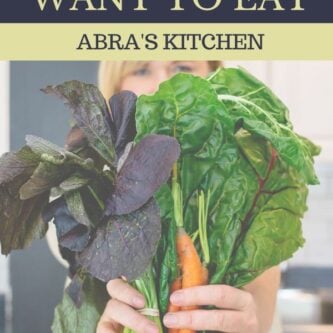

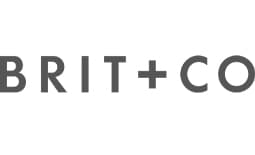















Share Your Thoughts